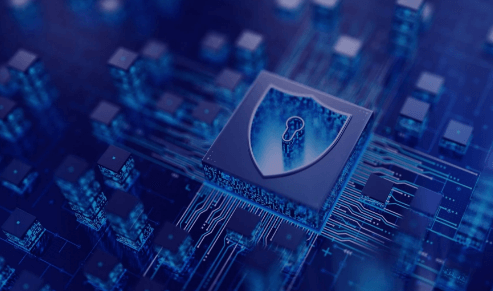Cybersecurity Trends to Watch in 2025

By 2025, the cybersecurity landscape will be profoundly shaped by technological advances and evolving threats. AI-driven attacks, including autonomous malware and deepfake manipulation, will challenge existing defenses. Zero Trust architectures and adaptive security models will become standard. Regulatory frameworks will accelerate to address new risks, while quantum-resistant solutions will emerge to safeguard data integrity. Organizations must anticipate these shifts to maintain resilience amid a rapidly changing digital environment.
The Rise of AI-Driven Cyber Threats
How significantly has artificial intelligence transformed the landscape of cyber threats? AI malware exemplifies this shift, enabling autonomous, adaptive attacks that evade traditional defenses.
Concurrently, deepfake attacks threaten informational integrity by manipulating multimedia content, eroding trust.
These AI-driven tactics empower threat actors, challenging defenders to innovate and preserve the freedom to operate securely in an evolving digital environment.
Increased Focus on Zero Trust Architecture
The adoption of Zero Trust architecture has become a strategic priority for organizations seeking to strengthen cybersecurity defenses amid escalating threats.
Emphasizing rigorous user authentication and dynamic network segmentation, this approach mitigates lateral movement risks, ensuring that access is strictly controlled and continuously verified.
Zero Trust empowers organizations with granular security, fostering resilience and operational agility in an evolving threat landscape.
Expansion of Cybersecurity Regulations and Compliance
Recent years have seen a significant expansion of cybersecurity regulations and compliance requirements across industries, driven by increasing awareness of digital vulnerabilities and data privacy concerns.
Evolving regulatory frameworks and compliance standards challenge organizations to adapt swiftly, emphasizing the importance of flexible security architectures that uphold transparency and accountability.
This trend underscores a shift toward proactive, standards-driven cybersecurity governance.
Emergence of Quantum-Resistant Security Solutions
As quantum computing advances, the threat it poses to conventional cryptographic algorithms has become increasingly evident. This has prompted a shift toward quantum-resistant security solutions.
Quantum encryption and post quantum algorithms are emerging as critical tools, offering resilience against quantum attacks. These solutions aim to safeguard digital sovereignty, ensuring freedom from vulnerabilities inherent in classical encryption methods.
Conclusion
As cybersecurity in 2025 evolves like a high-stakes chess match, organizations must anticipate and counter increasingly sophisticated AI-driven threats, adopt Zero Trust frameworks, and navigate complex regulatory landscapes. The advent of quantum-resistant solutions underscores the importance of resilience and innovation. In this rapidly shifting terrain, proactive adaptation is not merely strategic but essential—transforming the cybersecurity landscape from a defensive battleground into a domain of relentless technological mastery.



